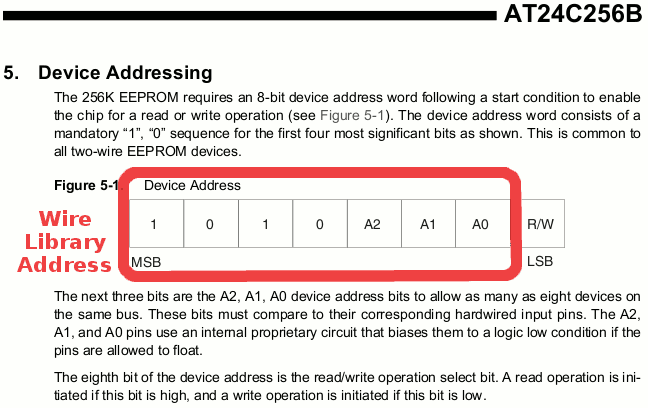

- #WIRE H LIBRARY DOWNLOAD HOW TO#
- #WIRE H LIBRARY DOWNLOAD INSTALL#
- #WIRE H LIBRARY DOWNLOAD CODE#
- #WIRE H LIBRARY DOWNLOAD DOWNLOAD#
- #WIRE H LIBRARY DOWNLOAD WINDOWS#
#WIRE H LIBRARY DOWNLOAD DOWNLOAD#
Alternatively, you can us the "Clone or Download" > "Download ZIP" buttons in GitHub's web interface to download the library. Check out our Using GitHub tutorial for help using git to download the library. This will especially show off VS Code's source-control capabilities. If you'd like to follow along really closely, download our BME280 Arduino Library, which is what we'll use an example.ĭownload the library into your Arduino Sketchbook's "libraries" folder. To follow along, you'll need an Arduino library installed on your machine.
#WIRE H LIBRARY DOWNLOAD CODE#
This section will help you set up VS Code to develop C, C++, or other source files within an Arduino library. If your familiar with VS Code you'll understand that its flexibility means the IDE can be used for just about any programming language out there. (These are features that still seem to mostly be in their infancy as Arduino CLI continues its development.)
#WIRE H LIBRARY DOWNLOAD INSTALL#
We'd also recommend you set up your Arduino sketchbook location and install all libraries and board definitions you'd like to use using the Arduino IDE. Visit to download the latest version locally to your machine. You'll also need Arduino installed on your machine. Or, honestly, just grab a Raspberry Pi and dive head-first into the Headless Raspberry Pi Setup
#WIRE H LIBRARY DOWNLOAD HOW TO#
This tutorial will demonstrate how to use a VS Code to build for and program an Arduino - all without ever opening the comfortable-yet-restricting Arduino IDE. Arduino CLI provides us a command line interface that can be passed to tools like make or a shell via the IDE.

#WIRE H LIBRARY DOWNLOAD WINDOWS#
Integrated Terminal - Whether you use bash or the Windows CMD, an integrated terminal can save you loads of time.Refactoring - Need to overhaul a function's naming scheme? Or convert a common block of code into a function that can be more widely-used throughout your application? Sounds like a refactoring job! A modern IDE can help with that.Version control integration - Whether you're using git or SVN, many modern IDE's provide source-control integration that can show, line-by-line, the changes you've made since your last commit.Auto-Complete - This feature can, of course, help complete long constant names, but it can also provide insight into the parameters that a function may expect.



 0 kommentar(er)
0 kommentar(er)
